Estimated Reading Time: 10 minutes
The type of substrate in your reptile enclosure may be as important as the enclosure itself.
And with so many different species and environmental preferences, choosing the perfect substrate can be challenging.
We’re here to help.
We’ll dive into some information about the substrates we offer, their best uses, some alternative options, and why you might want (or not want) to use them in your reptile’s habitat.
Substrates Offered by Vision Products
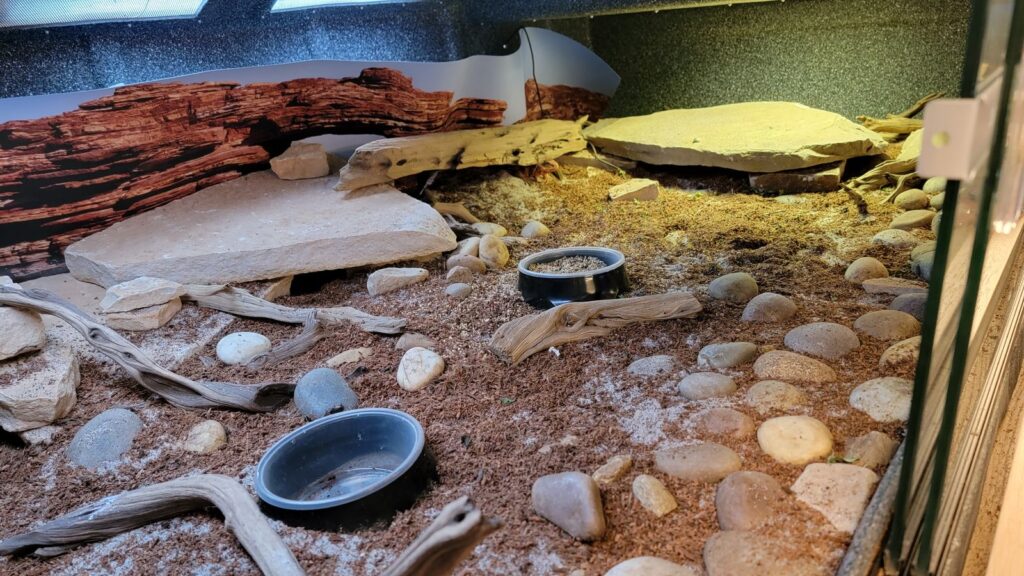
We offer four substrates for reptile enclosures:
- Reptile Bark
- Reptile Sand
- Reptile Carpet
- Cage Liners
Wondering which is the best substrate is for your enclosure? Let’s get started.
Reptile Bark
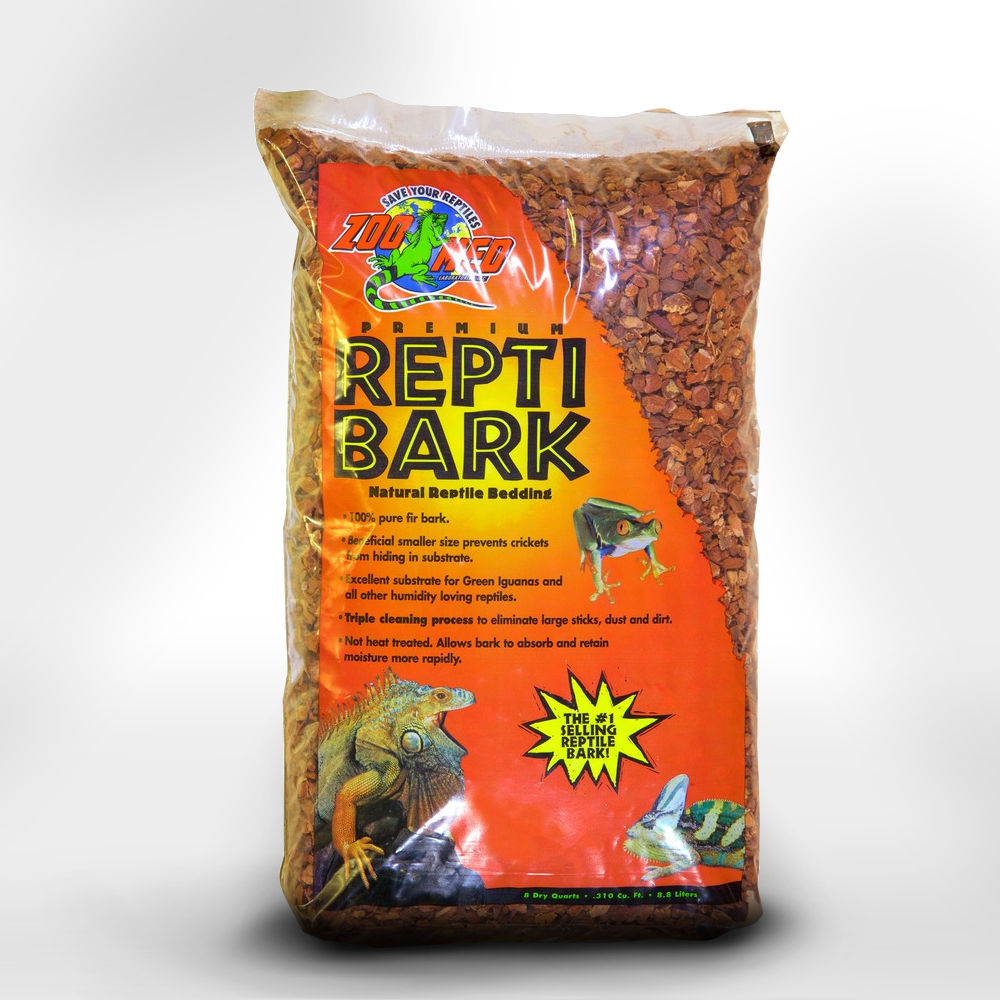
Reptile bark is a favorite among humidity-loving reptiles. Made from the bark of fir trees, it provides aesthetic appeal and a natural-looking habitat. But aesthetics aren’t the only benefit:
Maintains a High-Humidity Environment
ReptiBark is a hydroscopic substrate that absorbs moisture and then releases it to maintain your desired humidity level.
It’s also a great heat conductor, so it’s often used for tropical habitats.
Allows for Burrowing (But Not the Best)
Reptile bark is a decent substrate for burrowing reptiles, but not always the best.
This material is relatively clumpy and coarse, so it’s not the easiest or most comfortable substrate to dig into.
Make sure to research your specific animal’s needs first.
You can verify if a bark-based substrate is the best option for your reptile, even if it needs to burrow.
Washable and Re-usable
Another benefit of ReptiBark is that you can clean and reuse it in your cage.
Every 2 to 3 months you may soak the bark in hot water to clean it.
For a more in-depth clean, follow the steps below:
- Safely place your reptile in a separate clean container.
- Put the Reptile Bark in a clean bucket.
- Add hot water and a 5% solution of ZooMed Wipe Out 1.
- Let the mixture soak for 10-15 minutes.
- Pour out the water solution, leaving all the bark in the bucket.
- Add only water back into the bucket and swish that around for a couple of minutes.
- Dump out the water.
- Let the ReptiBark dry, leaving only a little bit of moisture.
- Reapply the substrate in the Vision Enclosure, then place your reptile back in.
-
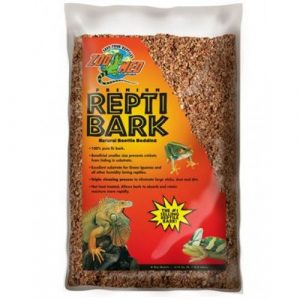 Reptile Bark$12.95
Reptile Bark$12.95
Reptile Sand

ReptiSand is a very popular substrate for desert-dwelling reptiles. It’s made from very fine quartz desert sand and is free of dyes and chemicals. Consider a sand substrate if you’re housing reptiles like Bearded Dragons, Leopard Geckos, Sand Boas, and Soft Shell Turtles.
The colors we offer are dessert white and natural red so you can add a little extra customization to your Vision Enclosure.
Great Heat Conductor
You can help your reptile regulate its body temperature with Reptisand. It holds heat very well which can provide a more comfortable environment. Couple this with a Vision Cage, and you shouldn’t have any issues keeping the enclosure warm.
Allows for Burrowing
Reptisand is better suited for digging as it’s less coarse than ReptiBark. And whether your pet is trying to cool down or looking for a place to hide, being able to burrow can do great things for their physical and mental health.
Washable and Reusable
Like the previous option, you can clean and reuse ReptiSand.
One of the advantages of a sand substrate in Vision Cage is that there are no cracks for sand to fall through. The solid bottom and rounded corners make the cleaning process much easier than most cages.
We’ve listed the steps for cleaning a sand substrate below:
- Safely place your reptile in a separate holding container.
- Scoop the sand into a bucket with a sand sifter to remove larger debris.
- Pour water and bleach into the bucket, leaving a little space at the top, then stir the mixture.
- Pour out the bleach water into a sink, and repeat this process two more times.
- Dump the wet sand into a pillow case or flour sack to dry. You can also set it on a clean tarp or towel and let it air dry.
- Preheat your oven to 200°F.
- Pour the sand onto aluminum foil on a baking tray.
- Bake the sand for about 30 minutes. If it’s still damp, you may bake it for longer until it dries.
- Take it out of the oven and let it cool down.
- Put the sand back in the Vision Enclosure, then return your reptile to its home.
Consider cleaning the sand weekly. If you don’t want to go through the cleaning process, you can always replace the sand when it’s getting dirty.
But keep in mind, you’ll have to resupply much more often, as opposed to cleaning and reusing it.
-
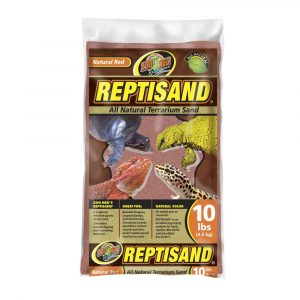 Terrarium Sand – ReptiSand Cage Substrate$17.95 – $25.95
Terrarium Sand – ReptiSand Cage Substrate$17.95 – $25.95
Reptile Carpet
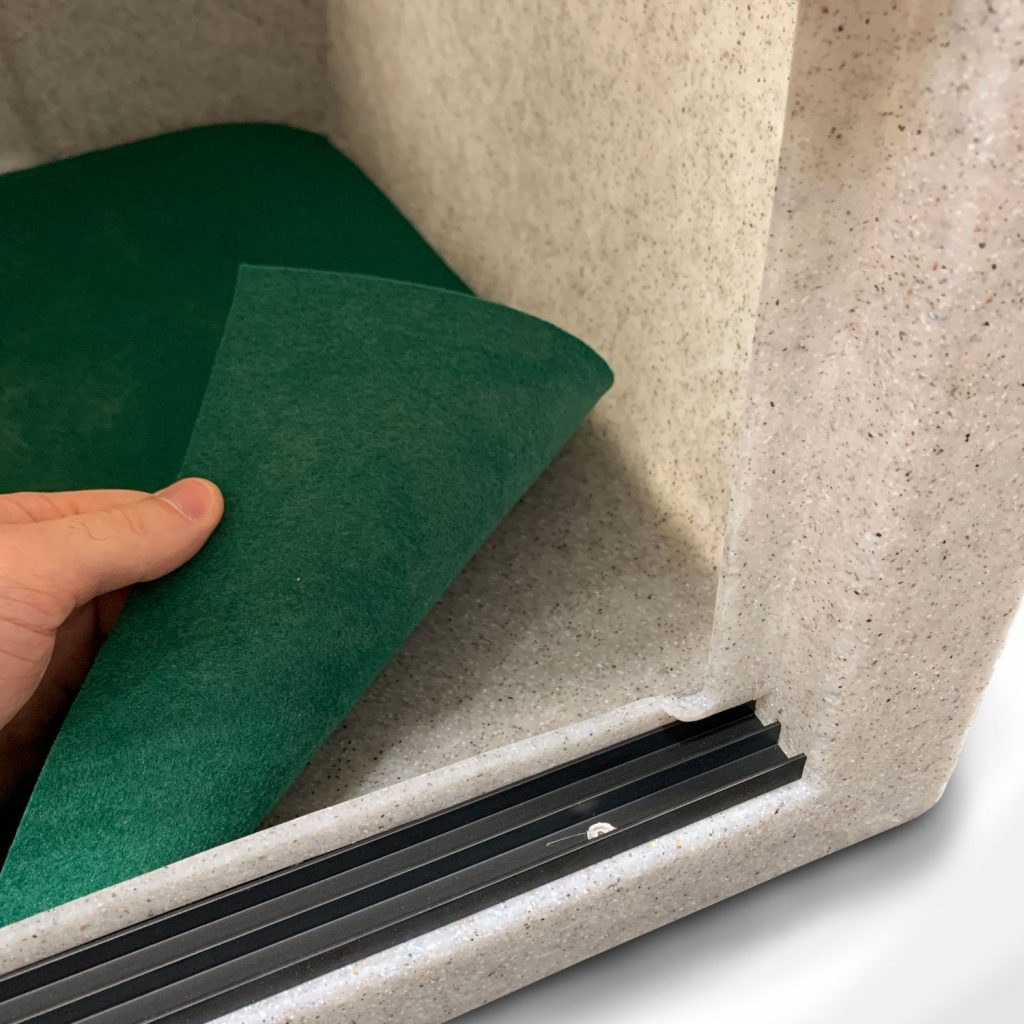
Our Reptile Carpet is made from premium felt material. Containing 85% wool and 15% nylon, this reptile cage floor cover is durable, absorbent, and well-suited for a range of reptile species.
We use precise cutting tools for the perfect fit in any Vision enclosure.
Not Ingestible
A reptile carpet may not allow for burrowing, but it does eliminate the concern of your reptiles ingesting it.
If a reptile consumes a lot of bark or sand it can cause impaction, which blocks its digestion tract.
Impaction is most common among young reptiles that don’t yet know the difference between their food and the substrate.
This doesn’t mean you need to avoid bark and sand substrates altogether.
Other issues can cause impaction in captive reptiles, and they may not be at all related to the substrate.
Durable for Years of Use
You can use a single piece of reptile carpet for years to come.
You’ll have to replace ReptiSand and ReptiBark more often than a carpet, so you could save money upfront and in the long term.
Cleanable and Reusable
We recommend cleaning the carpet once a week for the healthiest environment. You can effectively clean it in 6 easy steps.
- Put your reptile in a separate safe container.
- Remove the turf from the cage.
- Rinse with cold water.
- Spray and wipe down with a reptile-safe cleaner, like ZooMed Wipe Out 1.
- Rinse again with cold water.
- Air dry and reinstall in the enclosure.
Since it’s only a floor cover, your pet may have to walk on its waste. Stay on top of cleaning to keep your reptile happy and healthy.
-
 Green Turf Floor Cover$10.25 – $93.75
Green Turf Floor Cover$10.25 – $93.75
Cage Liners
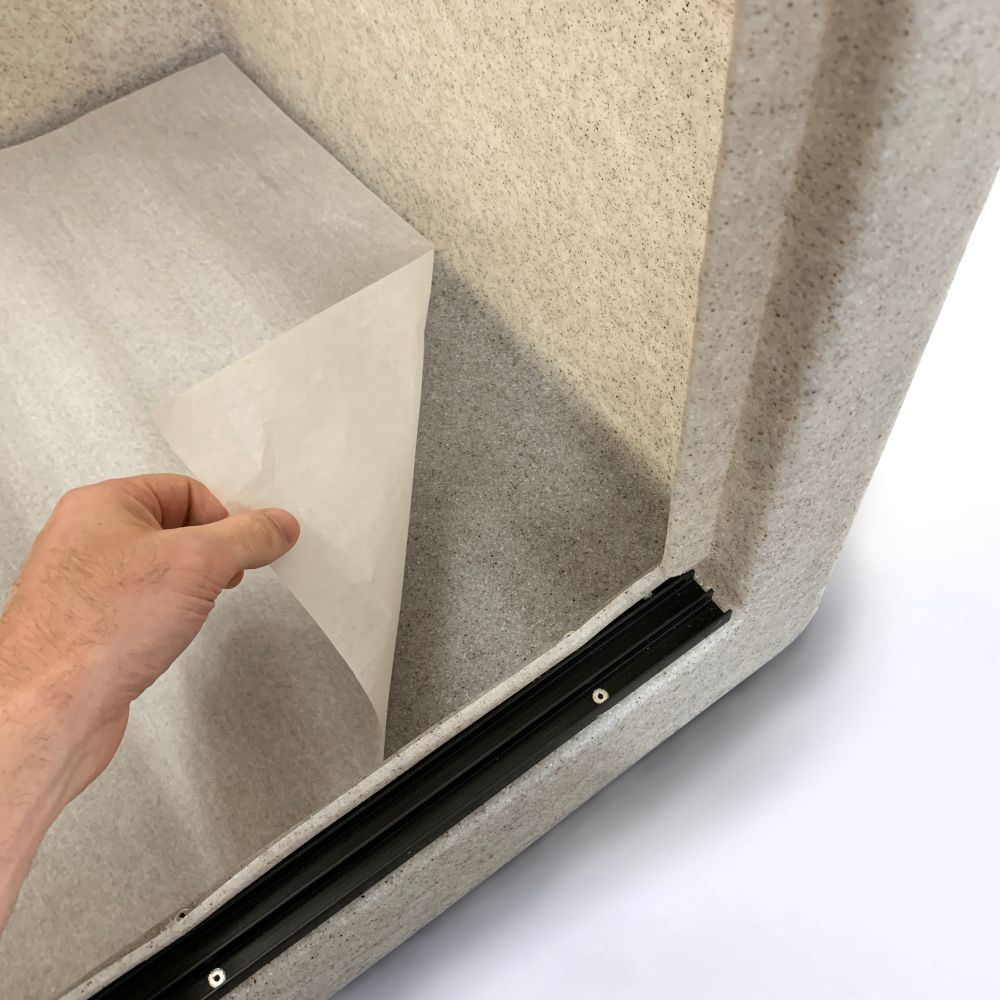
We offer cage liners for a fraction of the price of the other substrates. These are made of white, smooth, non-absorbant-coated wax paper and are cut precisely to fit in your Vision Cage.
This substrate works well with many reptiles, particularly juveniles and those that don’t require burrowing or a high level of humidity.
At-a-Glance Checking of Droppings
A primary benefit of our tub liners is the ability to identify signs of illness, distress, etc. in your pet’s waste.
The white, non-absorbant material makes it easy to see certain colors or inconsistencies in their urine and feces, so you can act quickly if need be.
Non Ingestible
Like our Vision reptile carpets, a tub liner eliminates the possibility of impaction.
Younger reptiles will benefit the most as they’re still learning what’s okay to eat and what’s not.
Ease of Use
While you can’t clean and reuse each tub liner, using them is simple.
You can cover the bottom of your enclosure with a full week’s supply of liners and remove one each day for the cleanest habitat.
Because they’re non-absorbant, the liners below won’t get dirtied by the one stacked on top.
-
 Cage Liners$0.30 – $4.80
Cage Liners$0.30 – $4.80
Alternative Substrates

Here, we’ll touch on a few alternative substrates for a reptile habitat.
Bioactive Substrates
Of the options on this list, a bioactive substrate takes the most effort to set up.
But, comprised of natural materials and microorganisms, it’s the best way to replicate a natural habitat.
This also means that it’s an almost self-sustaining environment!
Do you want to create a bioactive habitat?
Visit our blog all about bioactive vivariums.
Coconut Fiber
Another reputable substrate made by ZooMed (But not offered at Vision Products) is their Eco Earth Coconut Fiber Substrate.
You can use coconut fiber for tropical and arid environments, but it’s used mainly as a tropical substrate.
It absorbs moisture well, breaks down odor and waste products, and allows for burrowing.
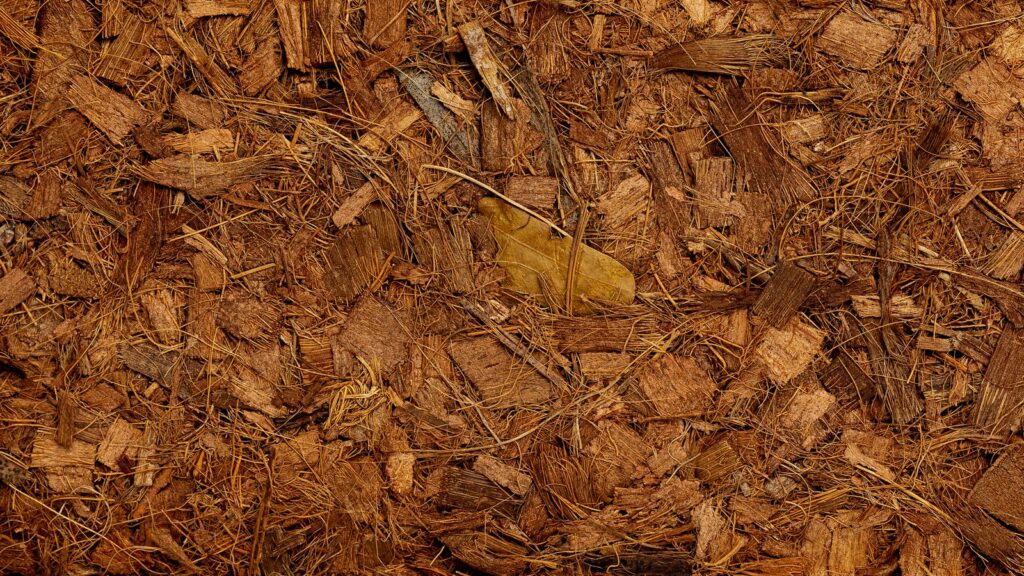
Coconut fiber is not reusable, so once it becomes dirty with waste, you’ll have to replace it.
The gardening industry sells this type of material, but there are often fertilizers mixed in.
Thus, we recommend a reptile-specific brand like ZooMed or other reputable pet stores.
Coconut fiber is similarly priced to ReptiBark and Reptisand, so check your reptile’s needs, and see if it’s the best option for you!
Wood Chips and Shavings

Some types of wood used in reptile enclosures are pine, cedar, Douglas fir, aspen, and cypress.
That being said, many veterinarians advise against using wood as a substrate.
Cedar and pine, for example, give off a strong scent that may irritate your pet.
Plus, wood substrates don’t absorb moisture well, lack odor control, and can splinter your pet’s feet.
If your reptile is arboreal and spends little time on the ground, a wood substrate can be considered.
Still, very few experts recommend it, so understand the risks before using wood shavings, chips, or pellets.
Newspaper and Paper Towels
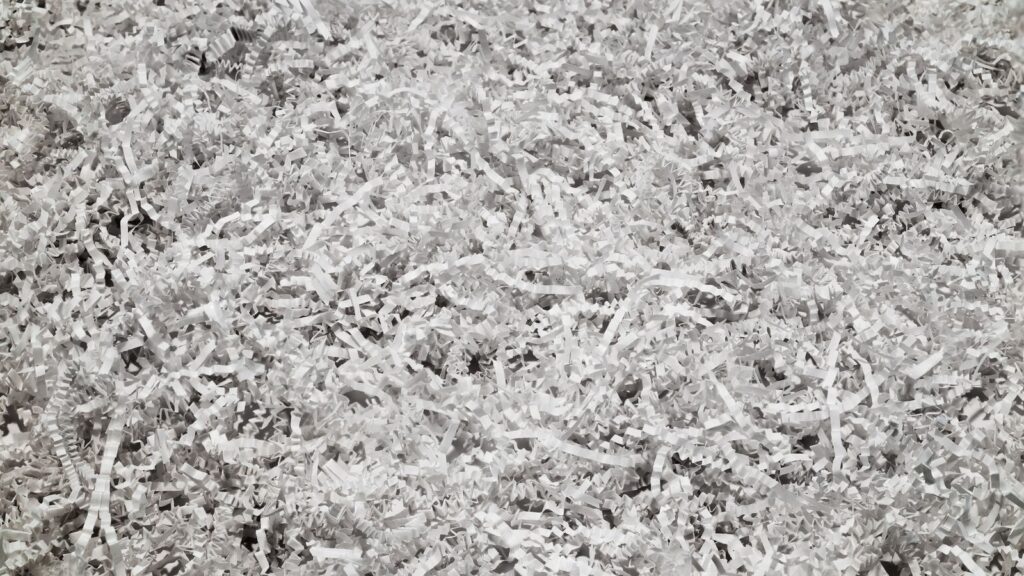
Paper substrates are widely available, inexpensive, easy to replace, absorbent, and aren’t easily ingested.
Some hobbyists line their cages by layering a few sheets of newspapers or paper towels.
For burrowing reptiles, rip the paper into small pieces and cover up the bottom. This provides a soft, comfortable material for terrestrial reptiles to dig under.
Some downsides are the unnatural aesthetic, frequent cleaning and replacement, and a lack of odor control.
With a tight budget in mind, newspapers and paper towels offer great value.
It doesn’t offer as many benefits as natural bark or sand, but it’s a very safe and inexpensive choice.
Conclusion
Regardless of these benefits and downsides, each reptile has specific needs.
Understanding this is very important, as the type of substrate you use will play a huge role in your pet’s comfort.
Still looking for your new reptile enclosure?
Check out all of our Vision Cages!
If you have additional questions about the best substrate for your reptile, don’t hesitate to contact us.
We will be happy to help anytime during business hours!
